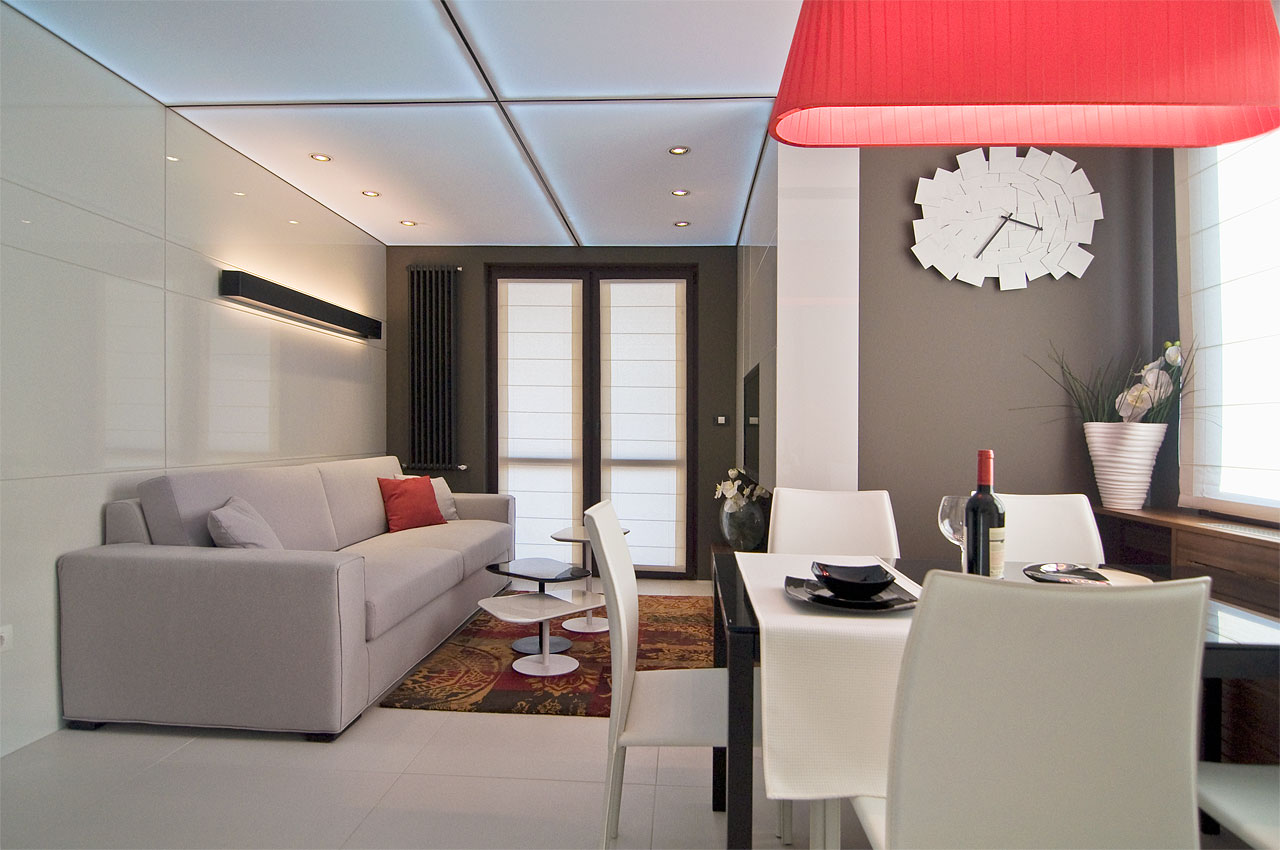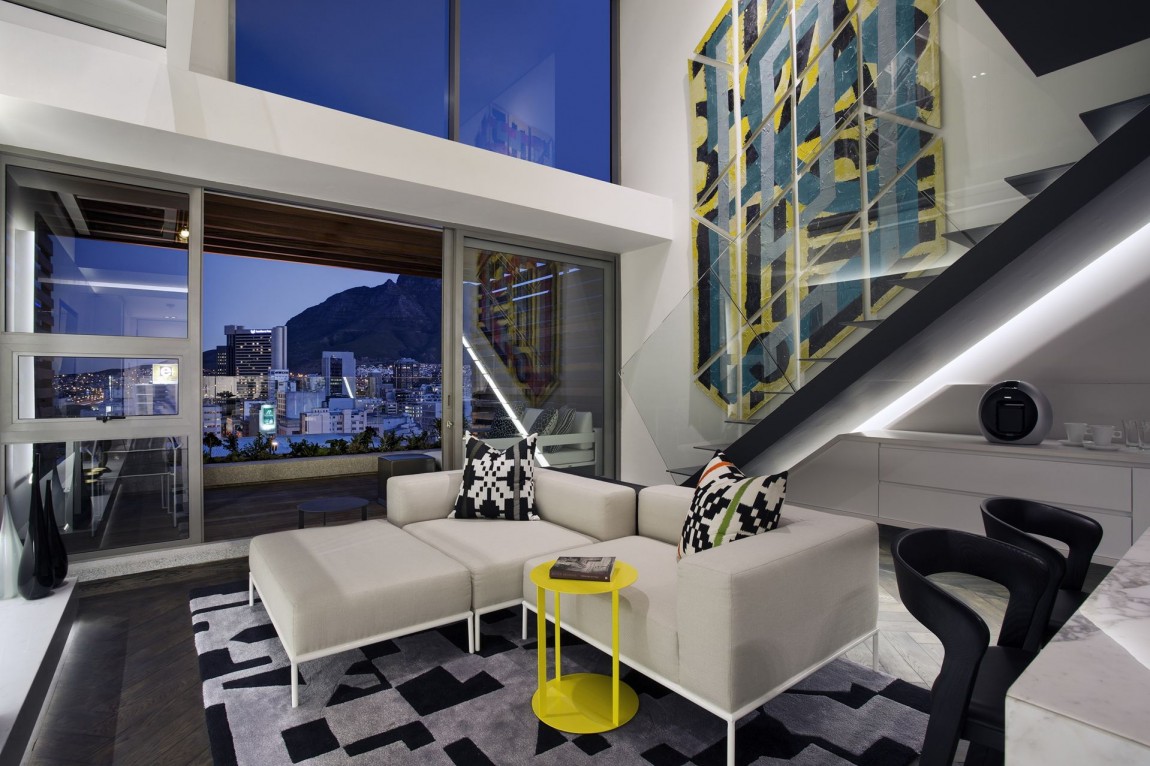You’ve worked hard to hone your design skills. Now, it’s time to showcase your talents through a portfolio of your design work.
While creating a powerful design portfolio can seem like a mountain for any creative professional, it doesn’t have to be overwhelming, especially with the right strategies and some essential tips under your belt. In this guide, we unfold the fast and easy ways for you to present your design work, attract potential employers, and win over clients.
1. Create a Photo Book
Creating your own custom photo books is one of the simple yet effective methods to showcase your design capabilities.
In this method, you only need to gather your top-quality photos and organize them attractively inside these photo books. Select a theme or color scheme that complements your designs. This format allows individuals to physically flip through pages, offering an engaging glimpse into your creative prowess.
Besides, photo books can be exceptional remnants of your design journey. They not only illustrate your career growth but are also portable and convenient to share with prospective employers or clients on the go.
2. Start a YouTube Channel
In this digital age, multimedia content is key. As such, starting a YouTube channel can be another swift and efficient method to present your design portfolio.
Create videos where you explain the creative process behind each of your works. Use screen recordings to show hours of designing condensed into a few minutes of time-lapse videos.
Create videos where you explain the creative process behind each of your works. Use screen recordings to show hours of designing condensed into a few minutes of time-lapse videos. Once recorded, you can use a YouTube video maker to edit your videos for your YouTube channel.
Incorporating video elements adds dynamism and demonstrates your versatility in multiple formats, creating an engaging viewing experience for the recruits or clients. Also, it allows people outside your immediate professional circle to discover your talents organically through social media shares or platform algorithms.
So get that channel started, and let your creativity shine!
3. Use LinkedIn Showcase Pages
LinkedIn Showcase Pages is another great option if you’re scratching your head for quick and easy ways to put together a portfolio of your design work. This method requires only your LinkedIn account and is specifically purposed for spotlighting a brand or business division.
Start by adding images of your best design work, accompanied by detailed descriptions. You can also write articles related to the work that you do, offering insights into your creative process. Including client testimonials or endorsements would be a great asset to these pages as well.
In addition, it’s an awesome networking tool where prospective employers can discover you organically, admire your work, and even directly reach out for collaboration or employment opportunities.
4. Create an Online Portfolio with Website Builders
Website builders like Squarespace, Wix or WordPress offer easy platforms for creating your online design portfolio. These come with a variety of ready-to-use templates that you can customize to match your style and brand.
Start by uploading high-quality images of your designs. Categorize them logically so potential clients or employers can navigate easily through different project types. Add descriptions to each item, explaining the creative process behind it.
Such online portfolios allow visitors to view your work at their own pace. It’s also a great way to reach international clients, expanding your career horizons beyond geographic boundaries.
Remember to include contact information so interested parties can easily get in touch.
5. Utilize Social Media Platforms
Lastly, don’t underestimate the power of social media platforms like Instagram or Behance as an easy and effective way to exhibit your design work. These platforms are free to use and can reach a large audience.
Instagram’s visually-based interface is excellent for showcasing graphic designs. You can create a business profile dedicated solely to your work and make use of story highlights to categorize different projects.
Behance, on the other hand, caters specifically to creatives. It allows you to upload projects complete with descriptions and stages of your workflow.
Both these platforms enable engagement with viewers through comments or likes. This feedback may even provide valuable insights for future projects.











